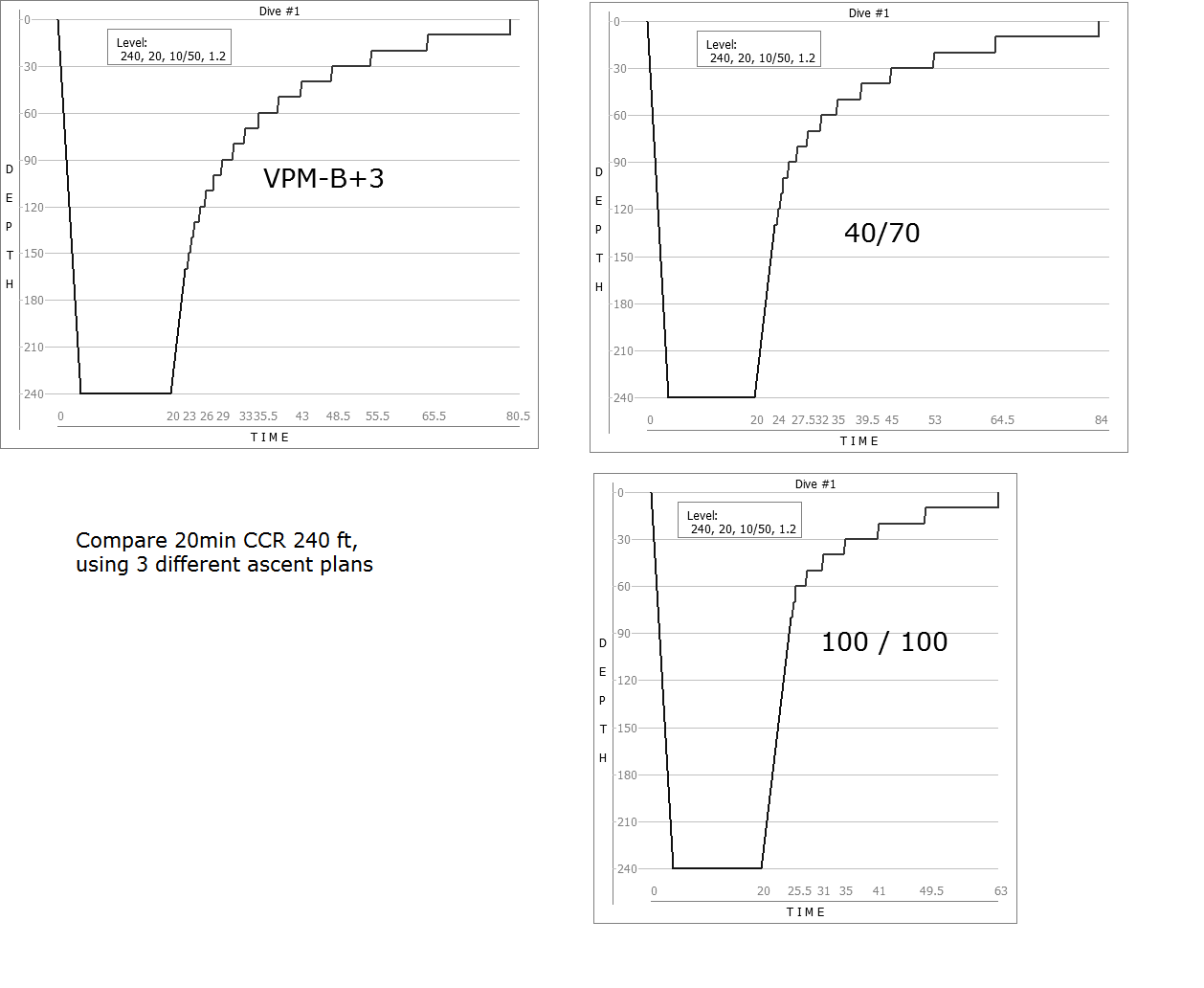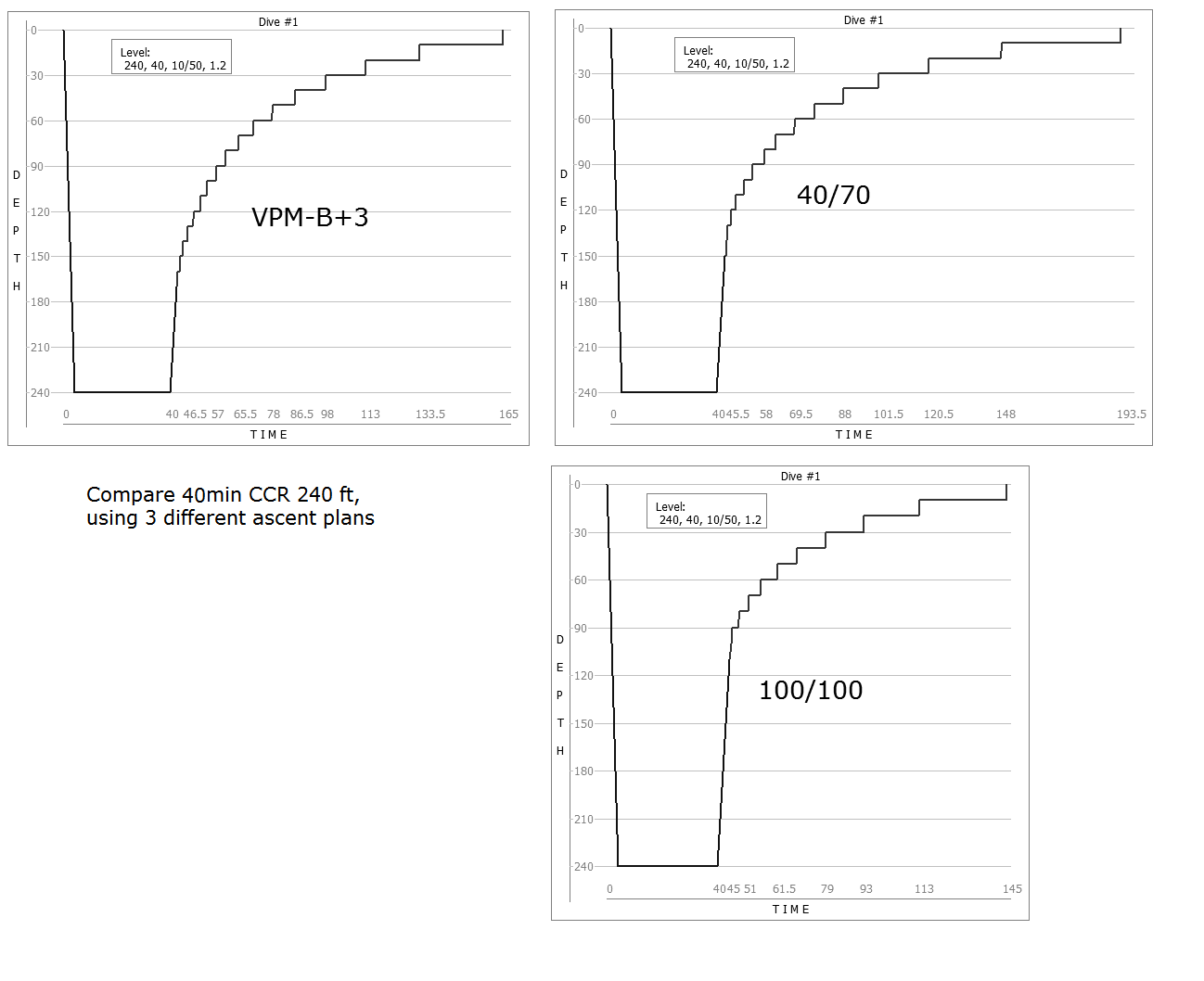Kevrumbo
Banned
- Messages
- 5,659
- Reaction score
- 1,361
- # of dives
- 1000 - 2499
Ross, all the arguments pro & con and the potential issues of the applicability of the NEDU study are academically interesting and compelling. I hope a fair experimental paradigm can be designed in the future to test the validity and resolve these issues above.
But whatever it takes for this old body of mine to exit the water now without overt & acute DCS symptoms after three or four straight days of decompression diving --if it simply means more O2 time on top of whatever deco algorithm with or without deep stops -- then that's fine with me. . .
But whatever it takes for this old body of mine to exit the water now without overt & acute DCS symptoms after three or four straight days of decompression diving --if it simply means more O2 time on top of whatever deco algorithm with or without deep stops -- then that's fine with me. . .
Last edited:







